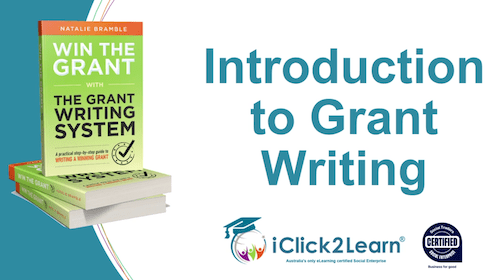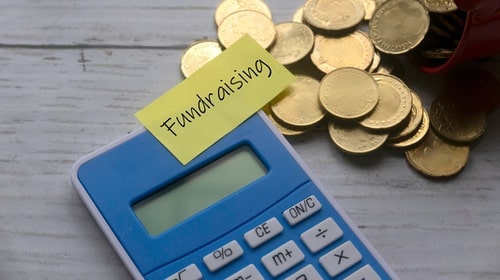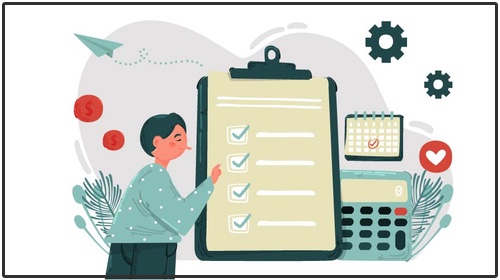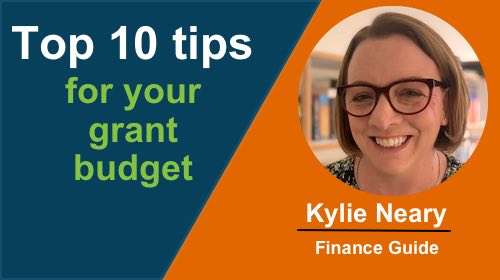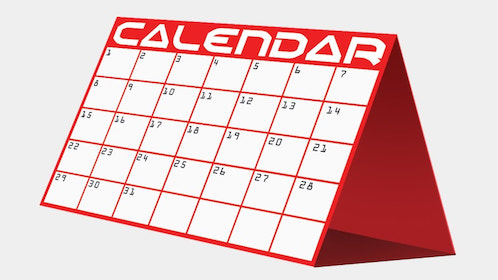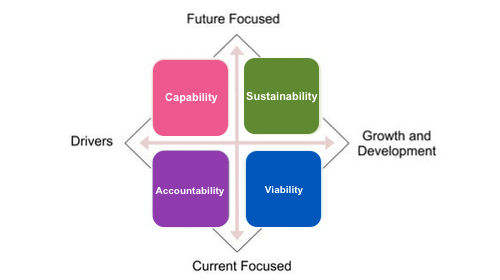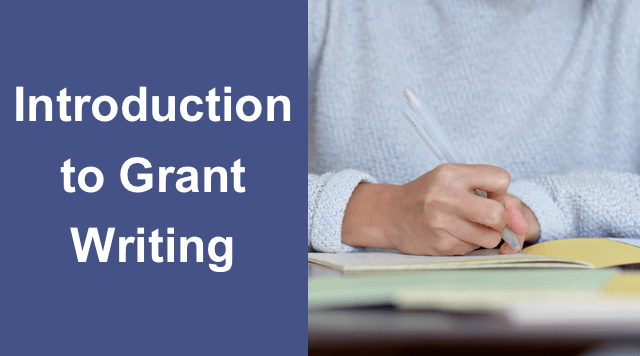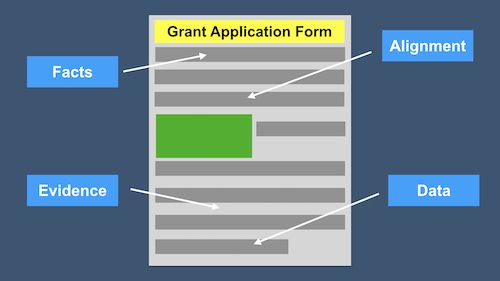How to Write a Competitive Grant Application and Stand out From the Crowd
Authored by: NFP Guide Team
Translate Text
‘Click the video titles below to view them’
Transcripts are available under the videos
How to Strengthen your Competitiveness when Applying for Grants (P1)
How to Strengthen your Competitiveness when Applying for Grants (P2)
How to Strengthen your Competitiveness when Applying for Grants (P3)
How to Strengthen your Competitiveness when Applying for Grants (P4)
So in this section, we’re going to be talking about a competitive formula. And this is really critical. There are three points for the competitive formula. And look, you don’t necessarily need to do these, of course. But if you really want to make sure that all your time and energy hasn’t been wasted, you’ve got to consider others that you’re competing against.
So three things to look for is your competitive analysis, have you considered those competitors, how can you strengthen your position, what are some best practise gaps that you might have and then how can you strengthen your response? So let’s go through each of these.
The first thing to do is a competitive analysis, and what that means is that you need to look at your competitors and you need to assess how strong their position might be. Now, in terms of what criteria you might use, go and have a look at the guidelines. Go and have a look at that assessment criteria that we mentioned earlier and that might give you some information. Have a look, if you don’t have that, have a look at the questions that are being asked and ask yourself how strong are you as opposed to your competitor? So when you do that competitive analysis, you’ll now understand your strengths and weaknesses, and those of your competitors.
And this means that you’re able to do something about that before you put that submission in. So when you address those weaknesses, consider how can you strengthen your position. So can you get new partners involved in a project? Can you get more case studies? So consider all of those ways that you can actually strengthen your position.
The second thing to think about is best practise gaps. And what I mean by this is you do what you do and I’m sure you do it well but at some point, there are always best practise to any industry or any process. So when you think about whatever the question is that you’re responding to, I want you to stop and I want you to think what is best practise for this? So if you’re talking about a marketing question, what’s best practise for the marketing? If you’re talking about a risk management question, what’s best practise for a risk management process? And don’t just consider what might be industry standard, consider also what the organisation deems to be best practise, and this is the organisation that you’re pitching to, that you’re submitting a grant to, a tender, an awards submission. What do they think is best practise?
So I really want you to think through that best practise and here’s the reason I want you to do that. If you consider what’s best practise, I want you then to go and have a look at what you do and I want you to see if there are any slight gaps in that process because if there are, great, you’ve identified them, you can fix them before you put your submission in. So this is why it’s really critical. It’s like a strengths and weaknesses but instead of being against competitors, it’s against best practise. So please do do this. When you think best practise, a lot of us think accreditation, industry or independent assessors, ISO quality assurance. Sure but there’s also best practise process. So please don’t miss this step as well.
The next one is how do you strengthen your response? Now you can actually strengthen your response through the words that you’re using. You can also strengthen your response by finding other examples or evidence. So the example is that I had a client and it was a bit of a tricky one because they didn’t actually deliver that service specifically to the group that the tender was for, but they did deliver the same service. So what we had to do is we had to actually in the question, we had to say how good the organisation is at delivering the service to that group. But of course, what we could all do, The only thing that we could do is talk about how good they are at delivering the service.
Fortunately, because I recognised that this was an area that could be strengthened, I spoke with them and said, is there anything that helps me tell the, in this case of the Federal Government Agency that tells the agency that you guys deliver a best practise service that you really, really do well. And they fortunately, were part of a research report into how the service was delivered nationally. And there was actually a statement from the assessor specific to them. So that was like, oh my gosh, there’s a God.
The two sentences that were in that report, I grabbed and I put in the response. And that’s how I strengthen the response because I used an external to help support what I was saying. So that’s one way that you could do that. The other way that you could do is thinking about the words that you’re using, and I use this, you’ve just got to remember that the judges and assessors don’t necessarily know you and they don’t know that you do better than your competitor.
So what you’ve got to think about is how can I tell them this? How do I tell them I’m better than the other person? And here is one example is that we actually use the words independently assessed, independently assessed, and this was for service based nonprofit that has national standards that they have to adhere to. So those national standards have a self assessment process. And all we did is said that, that self assessment was independently assessed by a provider. So that means that we didn’t sit there and we didn’t work it out. We actually brought somebody in to have a look at what we’re doing, and where we can improve them and how we can do better. So that’s a really really great way again, to strengthen your response.
Related posts
Introduction to Grant Writing [Course]
Introduction to Grant Writing [Course]
Developing a Fundraising Plan
Create a Sponsorship Plan
Developing a Funding Ready Project
Approving Your Budget
Top 10 tips for your grant budget
3 Ways to Find Grants Funds
Develop Your Grants Calendar
How to win a Inland Rail Community Grant
ANZ Seeds of Renewal Grant Writing 2021
How to apply for a Supplementary Volunteer Grant [Webinar]
5 Step Formula To A Winning Submission [Course]
Four Abilities for Grants
Introduction to Grant Writing
How to Structure your Grant Application Response
Why you Need to Support Your Statements in Your Grant Application
How to Answer Grant Application Questions
How to Understand Grant Guidelines!
An Intro to Writing Grant Submissions
- Tags | Grants and Tenders, Submission, Writing


